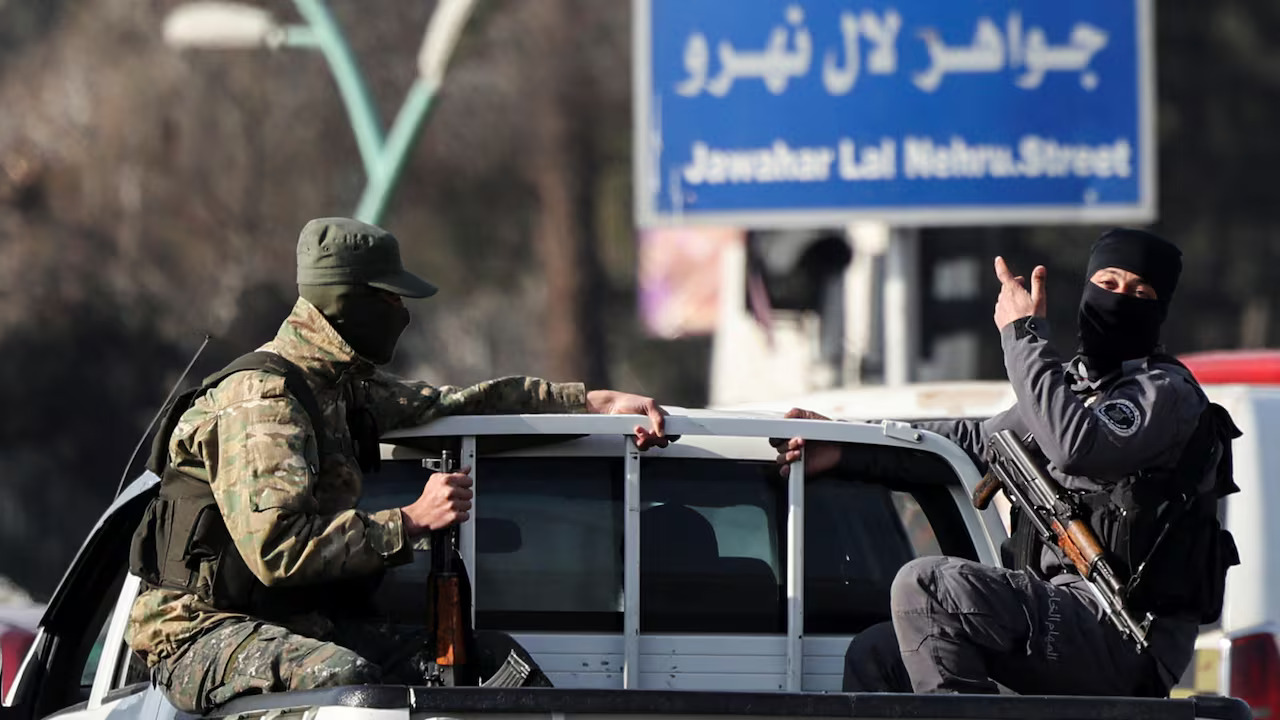
Amid a wave of social media reports about alleged kidnappings across Syria, officials and analysts say many of these incidents are being exaggerated, manipulated or outright fabricated—often for political ends or personal gain.
Fear and Fiction on the Syrian Coast
Interior Ministry spokesman Nouruddin al-Baba announced that a ministerial committee had completed its investigation into what he called “circulating news” about abductions on the coast. “After months of careful monitoring and diligent field work, the committee has concluded its investigation,” Baba wrote on the social platform X, promising to release the findings publicly “to reassure public opinion.”
Interior Minister Anas Khattab added that a “specialized team” is now tracking all disappearance cases nationwide. He said the results will be presented transparently at a press conference open to both local and international media.
Officials in Tartus and Latakia, however, have rejected claims of any systematic campaign targeting women. They said many disappearances involved family disputes, attempts to flee forced marriages, or fabricated stories. A provincial media officer told SANA that some families “invented kidnapping accounts to avoid social stigma,” while others misrepresented personal disappearances as political crimes.
Manipulation and the Legacy of Lawlessness
Observers say the confusion reflects a deeper legacy of Syria’s long conflict. Kidnapping and extortion networks flourished during Bashar al-Assad’s rule, many operating with the tacit protection of security agencies. Although the fall of the old regime last year curtailed state-sanctioned criminality, remnants of those groups continue to profit from chaos, particularly in rural areas.
Meanwhile, armed factions such as the Syrian Democratic Forces (SDF) have also been accused of abductions—often using children, especially girls, for forced conscription or arresting individuals as reprisals against political rivals. Human rights monitors, including the Syrian Network for Human Rights, have documented recurring cases of young men and women detained without due process in SDF-controlled zones.
Analysts warn that both sides have weaponized abduction narratives. “Kidnapping stories are recycled as propaganda tools,” said one Damascus-based researcher who requested anonymity for security reasons. “They can be used to rally fear, justify military crackdowns, or delegitimize opponents.”
Between Rumor and Reality
The case of Nagham Issa, similar to that of Mira Thabet, Spring of this year, illustrated how quickly misinformation spreads. Photos purporting to show the young woman tortured and killed went viral, prompting accusations against security services. Weeks later, her family revealed she had fled voluntarily with a man she knew, and that the images were fabricated. In a video statement from Lebanon, Issa denied that she had been harmed or detained.
Authorities in Masyaf recently exposed a similar case involving a staged abduction designed to extort money from relatives. Police discovered the supposed victim hiding with accomplices, along with drugs and weapons.
As Syria struggles to rebuild institutions and public trust, the Interior Ministry faces pressure to distinguish fact from rumor. Officials insist that transparency is vital to restoring confidence. “The goal,” Khattab said on X, “is to separate real crimes from manipulations that endanger social stability.”









